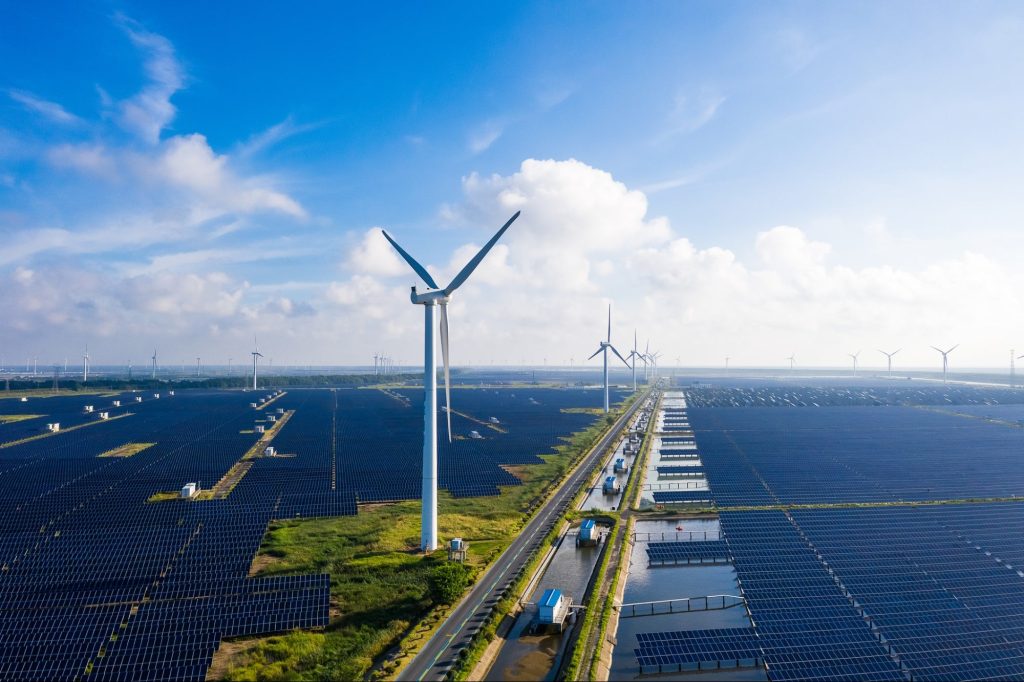With the latest Energy Information Administration (EIA) report now out, we have a more precise look at renewable energy numbers throughout the United States, including the latest growth. Renewable energy investors and developers should already feel encouraged by the broad goal set for reaching 100% clean electricity by 2035.
But there are several important current trends worth keeping an eye on.
Renewables did well during the pandemic and are posed for more growth
The EIA reports that through October 2022, renewables grew to provide 22.60% of the total United States electrical energy generation. That included an impressive 14.26% growth compared to previous numbers from a similar timeframe in 2021 and a prediction that renewables will reach at least 25%.
This is good news for solar investors, not only because of the growth rates but because so many different sectors have contributed to it. Growth is coming from state programs and grants, more commercial applications than ever, and global trends pushing toward broader, more affordable solar energy.
Solar energy also has more room to grow than wind energy, which has seen similar growth rates but holds nearly 10% of the U.S. market compared to around 5% for solar energy, a gap that offers plenty of potential for future developments.
Related: Why the Tide Is Turning for the Energy Sector
Where businesses will see the most growth this decade
What does the EIA report say about support for renewable energy growth in the coming decade? One crucial goal the EIA cites is reaching a global “net-zero” state by 2030. This means roughly 61% of the United States’ electricity will come from renewables. The EIA also provides several ideas on what kind of energy growth can get us there, which is a roadmap for potential high-growth areas in the coming years.
- More grants for construction: Government investment in grants for builders and business owners interested in solar are likely to increase in the coming years. But there is a caveat: much of the support for these grants on a federal level currently comes from the Inflation Reduction Act (IRA). The House of Representatives is now in talks about managing the U.S. limit, and one of their demands is cutting many of the programs included in the IRA, which could affect energy investment across the board. If the IRA remains intact, it will be a vast boost for renewable construction. If it is significantly altered, grant programs may largely be left up to the states.
- Heat pump growth: Heat pumps are one of the most underutilized traditional methods of saving energy and cutting out fuel use for the average home or business in the United States. State regulations, such as those passed by NY and others, will only encourage more adoption of heat pumps in the future. Owners will be happy to go along when the cost benefits compared to fuel become clear, and HVAC installers can expect growing interest over time.
- Wind energy: While wind energy has narrower investment opportunities than other options — primarily wind farms — especially offshore building — I expect this sector to see significant future growth, including the Midwest and coastal states.
- Targeted solar installations: Solar is more affordable than in years past and offers significant advantages for businesses, especially when it can capitalize on existing space while cutting costs. Two examples are parking lot installations (which also provide shade for cars) and additional rooftop installations on compatible commercial buildings, as well as new residential interest.
Related: Why Investors Should Look at Vietnam’s Renewable Energy Industry
Pushback from utility companies
The growth of renewable energy now sees considerable pushback from utility companies, which see solar energy, in particular, as a threat to their profit models. Among other decisions, utility companies are lobbying state governments to retract programs meant to encourage solar construction and kill models that allow solar energy owners to benefit from the excess electricity they produce.
This war has already done immense damage in key solar markets in the United States, including California, where regulators have killed solar-related incentives, and Arizona, where utility companies backed a successful campaign to remove any benefits from rooftop solar and Florida, where utility companies are directly writing legislation and sending it to state congress to limit solar power.
The way forward here is unclear. A war between renewable energy and traditional utility companies yields only the worst results for end users, and governments caught up in shifting laws or regulations make the solar investment even more confusing for newcomers. This may be one of the most significant challenges moving forward from 2023.
Read the full article here






